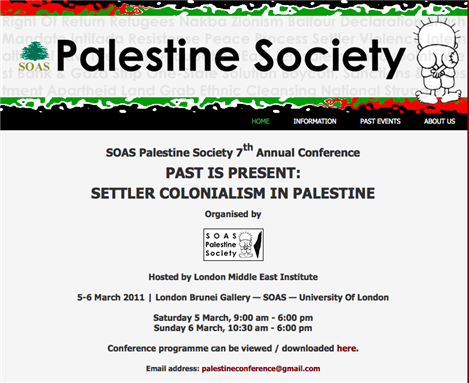The UNHCR and UN-Habitat have recently launched a new report assessing the Syrian refugee crisis in Lebanon by studying issues of housing, land and property. Entitled Housing, Land and Property Issues in Lebanon: Implications of the Syrian Refugee Crisis, the report is authored by lawyers Nizar Saghieh and Karim Nammour and Mona Fawaz, associate professor of urban studies and planning at the American University of Beirut, and is accessible through UNHCR’s “Syria Regional Refugee Response” sharing portal. The report is organized in five chapters: the first presents key findings and recommendations (and is available in Arabic), the second discusses the context of housing, land and property in Lebanon, the third examines access of Syrian refugees to shelter in Lebanon, while the fourth and fifth chapters focus on the case studies of Naba’a in Bourj Hammoud (Beirut) and Akkar in North Lebanon. The purpose of the study is “to inform humanitarian and government entities and help in designing policies, planning decisions and programs so as to ensure that refugees and vulnerable Lebanese families have access to safe, affordable and adequate shelter.” The report includes valuable maps, diagrams and quantitative information about housing, land and property in Lebanon.
Below are excerpts from the report’s Introduction:
Lebanon hosts the highest number of Syrian refugees in the region. UNHCR estimates that over one million refuges currently in Lebanon, in addition to at least 50,000 Palestinaian Refugees from Syria (PRS). Most of this influx has occurred in the past year. In January 2013 the refugee population was less than 150,000, but grew almost six-fold during 2013. It is estimated today that one out of every five residents in Lebanon is a refugee. These refuges are distributed across the country, with the highest population concentrations in the Bekaa (35 percent), Beirut (25 percent) and North Lebanon (25 percent). Most of these refuges are settling in cities and peri-urban areas outside towns and villages, creating different challenges from those normally found in a rural context.
The Syrian refugees’ crisis has had a huge impact on Lebanon. At the onset of the crisis, host communities in Lebanon welcomed and supported many refugees, sometimes without asking for anything in return. However, as the crisis has become prolonged, supporting refugees has become an increasing burden on communities and public authorities alike. In the context of a weak central government and in the absence of a comprehensive national strategy to respond to the crisis, humanitarian actors have increased their cooperation with municipal authorities. In fact, municipalities have in many cases been the Government’s “first responders” to the refugee crisis. There are signs, however, that municipalities’ capacities are increasingly strained and that they are becoming more and more frustrated with the situation.
The urgent need for basic shelter has pushed many Syrian refugees to live in poor conditions, frequently in spaces not designed as shelters. The situation is further exacerbated with the arrival of new refugees, reducing hence the availability of housing and increasing the risk of eviction. The presence of these refugees has also adverse consequences for host communities due to increased competition over affordable housing, the inadequacy of existing infrastructure and services, and competition over limited employment opportunities.
[…]
The key findings and recommendations are organized into five topics: shelter conditions and trends; housing markets; housing, land and property rights; settlement patterns and land use; and governance. The recommendations follow the same broad structure, but also include suggestions regarding potential pilot projects that combine several recommendations into an integrated program approach. In general the recommendations are organized to present shot-term measures first.
![[Cover Page of the Housing, Land and Property Issues in Lebanon Report]](https://kms.jadaliyya.com/Images/357x383xo/ScreenShot2014-08-16at07.48.46.png)

















